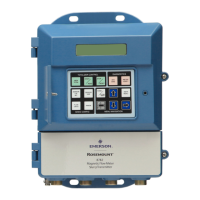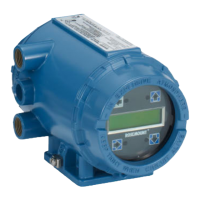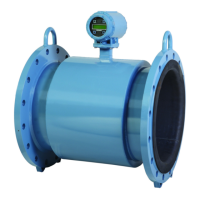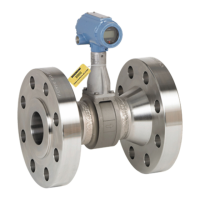13.5 Other troubleshooting
Problem See Section
Readings are too low. Section 13.5.1
Process readings are erratic or wander. Section 13.5.2
Readings drift. Section 13.5.3
Readings are too high. Section 13.5.4
13.5.1 Readings are low.
1. Does the reagent carboy contain reagent? Is the reagent uptake tubing below the
level of the reagent? Has potassium iodide been added to the acetic acid (vinegar)
reagent?
2. Is there adequate flow to the overflow sampler? Excess sample should be flowing
down the inside tube of the overflow sampler.
3. Does the reagent contain the correct amount of potassium iodide? See the table.
Expected range, ppm as Cl
2
Amount of KI needed per 5
gallons of vinegar Part number
0 - 5 ppm 25 grams 24164-00
0 - 10 ppm 50 grams 24164-01
0 - 20 ppm 2 x 50 grams 24164-01
4. Was the comparison or calibration sample tested as soon as it was taken? Chlorine
solutions can be unstable. Test the sample immediately after collecting it. Avoid
exposing the sample to sunlight.
5. Is the membrane fouled or coated? A dirty membrane inhibits diffusion of iodine
through the membrane, reducing sensor current. Clean the membrane by rinsing it
with a stream of water from a wash bottle. Wipe gently with a soft tissue.
6. Are the reagent and sample pumps running? If a pump is not running, check the fuse
and replace it if necessary. See Table 12-2 for part numbers. If the fuse is okay,
replace the pump.
7. Are all the tube fittings tight? Pay particular attention to the Luer fittings that
connect the tubing to the pumps.
8. Does the pump tubing element need replacing? Remove the tubing from the pump
and inspect it. If the tubing appears permanently pinched or deformed, replace the
tubing. Refer to Section 12.3.4 for instructions on how to remove and replace the
tubing elements. The expected life of a tubing element is about one year.
Troubleshooting
Manual 71
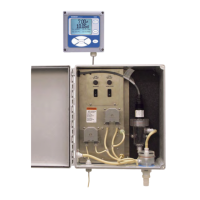
